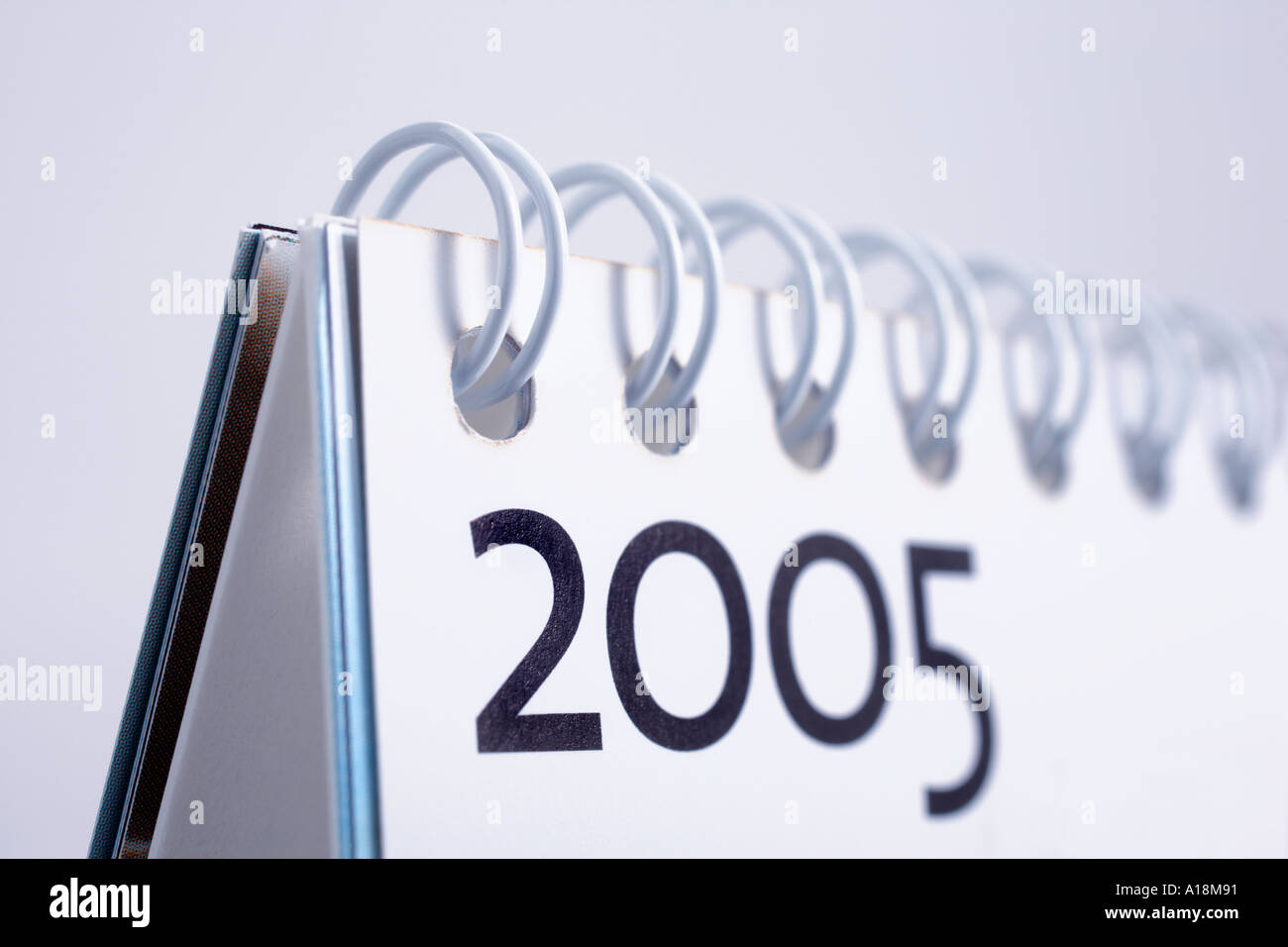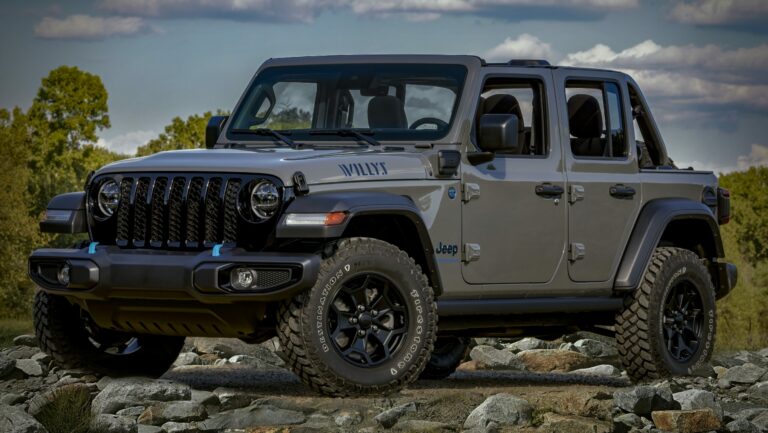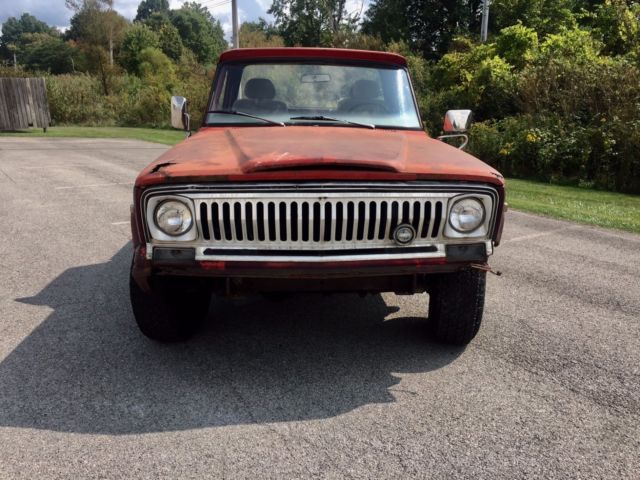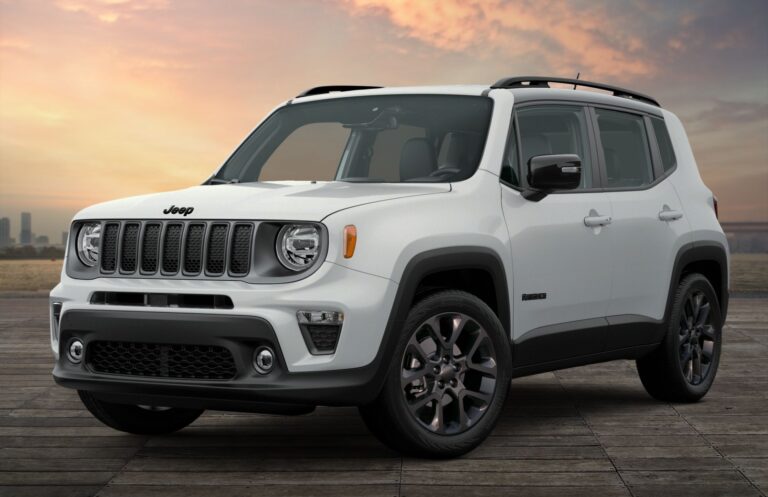2005 Jeep Wrangler Hardtop For Sale: A Comprehensive Buyer’s Guide
2005 Jeep Wrangler Hardtop For Sale: A Comprehensive Buyer’s Guide /jeeps.truckstrend.com
Introduction: Unearthing the Enduring Appeal of the 2005 Jeep Wrangler Hardtop
The year 2005 holds a special place in the hearts of Jeep enthusiasts. It marks one of the final years of the beloved TJ generation Wrangler (1997-2006), a model widely celebrated for its rugged simplicity, legendary off-road prowess, and a design that remains unmistakably Jeep. For those in the market for a classic yet capable adventure vehicle, the 2005 Jeep Wrangler Hardtop For Sale represents an enticing proposition.
2005 Jeep Wrangler Hardtop For Sale: A Comprehensive Buyer’s Guide
More than just a used car, a 2005 TJ Wrangler is an investment in a lifestyle. It’s a vehicle that promises freedom, customization, and a strong sense of community. The hardtop variant, in particular, offers a unique blend of open-air exhilaration and practical all-weather usability, making it a versatile choice for everything from daily commutes to challenging trail runs. This comprehensive guide will delve into every aspect of acquiring and owning a 2005 Jeep Wrangler Hardtop, from its unique features and common pitfalls to smart buying strategies and ownership tips.
Why the 2005 Jeep Wrangler TJ? A Legacy of Capability
The TJ generation Wrangler is often considered the sweet spot by many purists. It brought modern coil-spring suspension to the Wrangler, significantly improving ride comfort and articulation compared to its leaf-sprung YJ predecessor, without sacrificing the solid axle design and mechanical simplicity that defines a true Jeep.
The 2005 model year, specifically, benefits from several refinements introduced during the TJ’s run. Most notably, it features the venerable 4.0-liter PowerTech inline-six engine, a powerplant renowned for its bulletproof reliability, ample low-end torque, and ease of maintenance. This engine, combined with robust Dana axles (especially the Dana 44s found on Rubicon models) and the legendary Command-Trac (NV231) or Rock-Trac (NV241) transfer cases, creates a powertrain that is both durable and incredibly capable off-road. The 2005 model also saw the introduction of the NSG370 6-speed manual transmission in some configurations, offering better fuel economy and a smoother shifting experience than earlier manual options. For many, the 2005 TJ strikes the perfect balance between classic Jeep ruggedness and modern drivability.
The Hardtop Advantage: Practicality Meets Iconic Style
While the soft top is synonymous with the Wrangler’s open-air appeal, the hardtop offers distinct advantages that make the 2005 Jeep Wrangler Hardtop For Sale a highly sought-after variant:
- Enhanced Security: A hardtop provides significantly better protection against theft and vandalism compared to a canvas soft top. Your belongings are more secure, offering greater peace of mind.
- Improved Noise Reduction: The rigid structure of the hardtop helps to significantly reduce road noise, wind noise, and even engine noise, making highway driving much more comfortable and less fatiguing.
- Superior Weather Protection: For those living in colder climates or areas with frequent rain, the hardtop offers better insulation against extreme temperatures and provides a more robust barrier against the elements. It keeps the cabin warmer in winter and cooler in summer.
- Durability and Longevity: Hardtops are less prone to wear and tear from sun exposure, snow, or harsh weather conditions, meaning they typically last longer than soft tops and require less frequent replacement.
- Rear Wiper and Defroster: Most factory hardtops come equipped with a rear wiper and defroster, crucial features for maintaining visibility in adverse weather conditions.
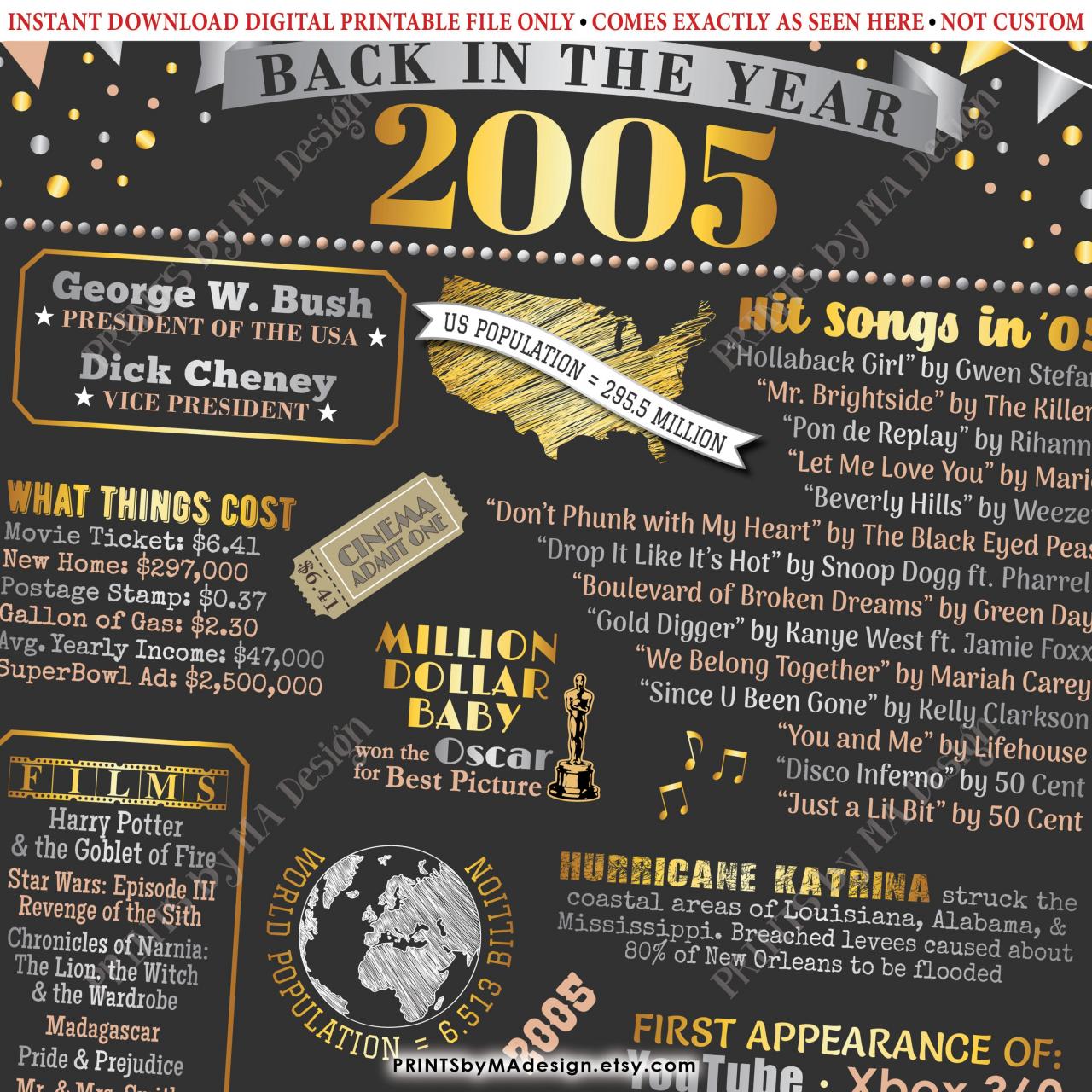

While a hardtop is heavier and requires more effort to remove and store than a soft top, its benefits for year-round usability and peace of mind often outweigh these minor inconveniences for many owners.
Key Features and Specifications of the 2005 TJ Wrangler
Understanding the core components of the 2005 TJ is crucial for an informed purchase:
- Engine: 4.0L PowerTech I6 (190 hp, 235 lb-ft torque). Known for its robust design and longevity.
- Transmissions:
- 5-speed Manual (NV3550): Standard on most models.
- 6-speed Manual (NSG370): Introduced mid-2005, offered improved gearing.
- 4-speed Automatic (42RLE): Optional, known for durability but can be less responsive than earlier automatics.
- Transfer Cases:
- NV231 Command-Trac: Part-time 4WD system, standard on most models.
- NV241 Rock-Trac: Exclusive to the Rubicon, offers a lower 4:1 low-range gear ratio for extreme off-roading.
- Axles:
- Front: Dana 30 (standard), Dana 44 (Rubicon).
- Rear: Dana 35 (standard), Dana 44 (Sport/Sahara with optional Trac-Lok, Rubicon). The Dana 44 is highly desirable for strength.
- Suspension: Coil springs at all four corners, live axles, providing excellent articulation and a more comfortable ride than previous generations.
- Trim Levels (Commonly found with hardtops):
- SE: Entry-level, often with a 2.4L 4-cylinder, but 4.0L was an option. Basic features.
- Sport: Most common, 4.0L I6 standard, wider range of options.
- Sahara: Premium trim with more comfort features, body-color fender flares, and unique interior.
- Rubicon: The ultimate off-road package, featuring Dana 44 axles front and rear, selectable locking differentials, 4:1 transfer case, and 31-inch tires. Highly sought-after.
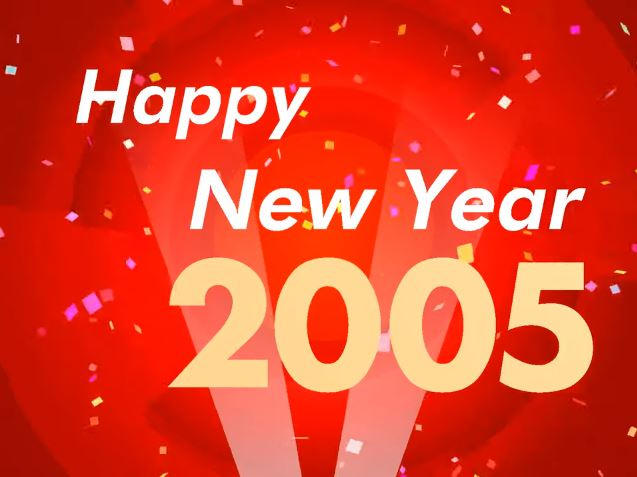
What to Look For When Buying a Used 2005 Jeep Wrangler Hardtop
Purchasing a nearly two-decade-old vehicle, especially one designed for rugged use, requires a meticulous inspection. Here’s a detailed checklist:
- Rust, Rust, Rust: This is the TJ’s Achilles’ heel. Inspect the frame thoroughly, especially:
- Skid plates: Often trap moisture.
- Control arm mounts: Both upper and lower, front and rear.
- Behind the front wheels: Where mud and salt collect.
- Rear frame sections: Near the bumper and gas tank.
- Body Tub: Check the floorboards (lift carpets!), rocker panels, and rear wheel wells. Surface rust is common; severe, flaky, or perforated rust is a deal-breaker.
- Engine (4.0L I6):
- Leaks: Common areas include the rear main seal (a drip is normal, a puddle is not), valve cover gasket, and oil filter adapter.
- Noises: Listen for ticking (lifters), knocking (rod bearings), or abnormal sounds.
- Check Engine Light (CEL): Use an OBD-II scanner to read codes, even if the light isn’t currently on (it could have been cleared).
- Maintenance: Ask for service records. Look for evidence of regular oil changes.
- Transmission & Transfer Case:
- Manual: Check clutch engagement (shouldn’t slip), shifting ease (no grinding or difficulty getting into gear).
- Automatic: Smooth shifts, no slipping or harsh engagement. Check fluid level and condition.
- Transfer Case: Engage 4WD High and Low. Drive slowly in a straight line (on a loose surface if possible). Listen for clunks or grinding. Ensure it engages and disengages smoothly.
- Axles & Driveshafts:
- U-joints: Check for play in the driveshafts. Clunking during acceleration or deceleration can indicate worn U-joints.
- Differential Leaks: Check the differential covers for fluid leaks.
- Gears: Listen for howling or whining from the differentials, which could indicate worn gears or bearings.
- Suspension & Steering:
- Bushings: Inspect all control arm bushings, track bar bushings, and sway bar links for cracks or excessive wear.
- Shocks: Look for leaks or signs of being blown.
- Steering Play: With the vehicle off, have someone turn the steering wheel slightly while you look at the steering box, tie rod ends, and drag link for excessive play.
- "Death Wobble": While test driving, pay attention to high-speed vibrations or violent shaking of the steering wheel over bumps. This is a common TJ issue, often caused by worn track bar, tie rod ends, ball joints, or steering stabilizer. It’s fixable but can be costly.
- Hardtop Condition:
- Cracks/Damage: Inspect the fiberglass for cracks, especially around mounting points or the rear window.
- Seals: Check the weatherstripping around the doors, windows, and where the hardtop meets the body. Damaged seals lead to leaks.
- Latches: Ensure all latches are present and function correctly, securing the top firmly.
- Rear Window: Test the rear wiper and defroster. Check for cracks in the glass.
- Electrical & Interior:
- Test all lights (headlights, taillights, turn signals, brake lights), gauges, horn, HVAC (heater/AC), and power windows (if equipped).
- Check for any water stains on the carpets, indicating past leaks.
- Aftermarket Modifications:
- Many TJs are modified. Assess the quality of the modifications. A poorly installed lift kit or electrical accessories can cause more problems than they solve. Look for reputable brands and clean work.
- Documentation & History:
- Ask for maintenance records. A well-documented history is a huge plus.
- Run a CarFax or AutoCheck report to check for accidents, salvage titles, flood damage, and odometer discrepancies.
Owning and Maintaining a 2005 Jeep Wrangler Hardtop
Owning a TJ can be incredibly rewarding, but it requires diligent maintenance:
- Fluid Changes: Regular oil, transmission, transfer case, and differential fluid changes are critical for longevity.
- Greasing: Many suspension and steering components have grease fittings (U-joints, ball joints, tie rod ends). Keep them greased.
- Rust Prevention: If you live in a rust-prone area, consider undercoating or regularly washing the underside to prevent corrosion. Address any surface rust promptly.
- Hardtop Care: Keep the hardtop seals clean and lubricated to prevent leaks. Store the hardtop properly if you remove it for the summer.
- Parts Availability: Excellent. The TJ has a massive aftermarket and a strong community, so parts are readily available and often affordable.
- Fuel Economy: Don’t expect miracles. The 4.0L I6 is a torquey workhorse, not a fuel sipper. Expect 14-18 MPG combined, depending on gearing, tire size, and driving style.
Is a 2005 Jeep Wrangler Hardtop Right for You?
Pros:
- Unmatched Off-Road Capability: A true icon on the trails.
- Timeless Design: Instantly recognizable and always stylish.
- Strong Community: Huge enthusiast base, making repairs and modifications easier.
- Customizable: Endless aftermarket parts for personalization.
- Holds Value: Well-maintained TJs retain their value remarkably well.
- Reliable 4.0L Engine: A legendary powerplant.
- Hardtop Benefits: Security, comfort, and weather protection.
Cons:
- Rust Potential: Requires diligent inspection and prevention.
- Fuel Economy: Not its strong suit.
- Older Technology: Lacks modern creature comforts and safety features.
- Ride Quality: While better than previous generations, it’s still a solid-axle SUV, not a luxury cruiser.
- Maintenance: As an older vehicle, it will require ongoing attention.
A 2005 Jeep Wrangler Hardtop is ideal for the adventurer, the off-road enthusiast, the weekend warrior, or anyone seeking a unique vehicle with character and immense capability. It’s not for those who prioritize plush rides, cutting-edge tech, or maximum fuel efficiency.
2005 Jeep Wrangler Hardtop Estimated Price Guide
Prices for a 2005 Jeep Wrangler Hardtop can vary significantly based on mileage, condition, trim level, modifications, and geographical location. This table provides a general estimate.
| Trim Level | Condition (Fair) | Condition (Good) | Condition (Excellent) | Key Differentiating Factors |
|---|---|---|---|---|
| SE | $6,000 – $8,000 | $8,500 – $10,000 | $10,500 – $12,000+ | Basic, potentially 2.4L, fewer features. |
| Sport | $8,000 – $11,000 | $11,500 – $14,000 | $14,500 – $17,000+ | Most common, 4.0L I6, good balance. |
| Sahara | $9,000 – $12,000 | $12,500 – $15,500 | $16,000 – $19,000+ | More features, unique interior/exterior accents. |
| Rubicon | $12,000 – $16,000 | $16,500 – $20,000 | $20,500 – $25,000+ | Highly desirable, Dana 44s, lockers, 4:1 transfer case. |
- Fair Condition: Runs and drives, but may have significant cosmetic issues, rust, or require immediate mechanical attention.
- Good Condition: Daily driver quality, some cosmetic flaws, minor rust, well-maintained but might need some deferred maintenance.
- Excellent Condition: Well-preserved, minimal rust, clean interior/exterior, extensive service records, low mileage for its age. Rubicons in this condition can command premium prices.
- Modifications: Quality aftermarket parts (e.g., reputable lift kit, winches, armor) can increase value, but poorly done mods can decrease it.
Frequently Asked Questions (FAQ) about the 2005 Jeep Wrangler Hardtop
Q1: What’s the typical mileage for a 2005 TJ?
A1: Given its age, most 2005 TJs will have well over 100,000 miles. It’s not uncommon to find them with 150,000 to 200,000 miles or more. The 4.0L engine is known to last 250,000+ miles with proper maintenance. Focus more on condition and maintenance history than just raw mileage.
Q2: Is the 4.0L engine reliable?
A2: Absolutely. The 4.0L PowerTech I6 is one of the most reliable engines ever built by Chrysler/Jeep. Its simple, robust design makes it incredibly durable and easy to work on. Regular oil changes and cooling system maintenance are key to its longevity.
Q3: How much rust is too much?
A3: Any significant rust on the frame (especially holes or large flaky sections near mounting points) should be a red flag. Surface rust on components is common and often manageable, but structural rust compromises safety and is extremely expensive to repair correctly. It’s best to walk away from heavily rusted frames.
Q4: Can I easily remove the hardtop?
A4: While not as quick as flipping back a soft top, the hardtop is designed to be removable. It typically requires two people to lift it off due to its weight and bulk. You’ll need space for storage and possibly a hoist system if doing it solo.
Q5: What’s "death wobble" and how do I fix it?
A5: Death wobble is a violent, uncontrolled oscillation of the front wheels that occurs after hitting a bump at speed. It’s specific to solid front axle vehicles like the TJ. Common causes include worn track bar bushings, loose tie rod ends, bad ball joints, or improper caster angle (often after a lift). It’s a symptom of worn components, not a design flaw. Fixing it involves diagnosing and replacing the worn parts, often starting with the track bar.
Q6: Are parts expensive or hard to find?
A6: No, parts for the TJ are generally abundant and reasonably priced, both OEM and aftermarket. Its popularity ensures a continuous supply of components and a vast knowledge base within the Jeep community for repairs and modifications.
Q7: What’s the difference between the manual transmissions in 2005?
A7: Early 2005 models often came with the NV3550 5-speed manual. Later in the 2005 model year, Jeep introduced the NSG370 6-speed manual. The NSG370 offers an extra gear for potentially better highway fuel economy and a smoother shift feel, but both are considered reliable transmissions.
Conclusion: Your Adventure Awaits
The 2005 Jeep Wrangler Hardtop For Sale is more than just a vehicle; it’s a ticket to adventure, a piece of automotive history, and a canvas for personalization. While purchasing a nearly two-decade-old SUV demands a thorough inspection, particularly for rust and mechanical soundness, the rewards of owning a well-maintained TJ are immense. Its legendary capability, timeless appeal, and the robust 4.0L engine make it a standout choice in the used 4×4 market.
By understanding its nuances, knowing what to look for, and committing to proper maintenance, you can ensure that your 2005 Jeep Wrangler Hardtop serves as a reliable and thrilling companion for many years and countless adventures to come. Embrace the iconic spirit, and let the open road (or trail) lead the way.

